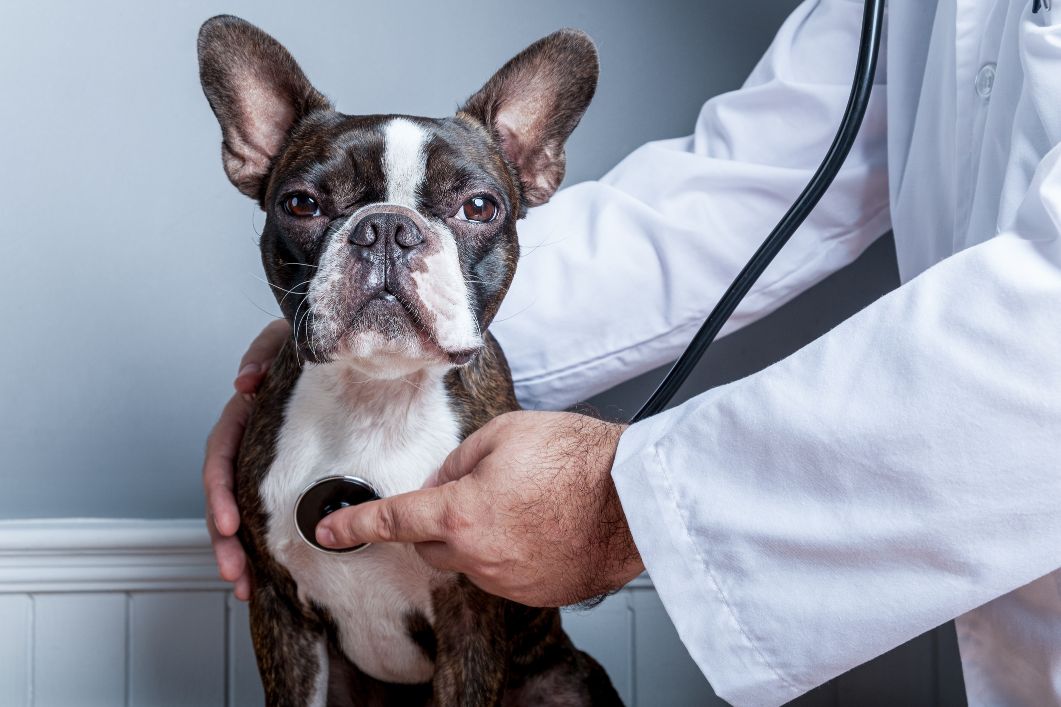The Risk of Pet Diabetes: Know the Signs

Pets can have diabetes just like people can. In fact, it is one of the more common chronic conditions that we diagnose at Flowers Mill Veterinary Hospital. There are some things that we can do to prevent pet diabetes, though, and like many diseases, it is typically best managed when identified early. Knowing about pet diabetes warning signs and how to prevent this disease is key.
All About Pet Diabetes
When a pet eats, the food is broken down into parts that are usable to the body as energy. Fiber and starches (carbohydrates) are broken down into glucose. Glucose, in turn, is absorbed into the bloodstream to be transferred into cells.
In order for the glucose to move into the body’s cells to be used as energy, a hormone called insulin is needed.
When there is not enough insulin being made by the pancreas, or when the body’s cells do not respond to a normal amount of insulin, glucose builds up in the bloodstream. This excess of glucose is diabetes mellitus.
Pet Diabetes Warning Signs
Any pet who is overweight or obese is at higher risk for development of diabetes due to the effect of excess body weight on the cell’s responsiveness to insulin. At-risk pets may also have high or high-normal blood glucose readings on routine blood screenings.
When diabetes does occur, there are several notable characteristic signs. Most signs of diabetes in dogs and cats are related to the extra glucose in the blood. Symptoms include:
- Increased thirst
- Excessive urination
- Ravenous appetite
- Weight loss
Pets who have diabetes are often lethargic. They may have a dull, unhealthy looking coat, and be prone to developing urinary tract infections. Dogs with diabetes often are affected by cataracts as well.
Preventing Problems
Any pet can be affected by diabetes, however there are definitely some things that you can do to decrease the risk. The most effective way to lower your pet’s chance of developing diabetes is to help him or her maintain a healthy weight. Be sure to:
- Watch calories: We can help you to determine how many calories your pet should be eating each day, depending on his or her body type and lifestyle. A little bit adds up quickly! Be sure to measure portions out daily and offer play or attention instead of food.
- Little changes count: Some pets need to eat special food to help maintain a healthy weight, others need foods to support healthy pancreatic function. There is some evidence that lower carbohydrate diets are helpful in warding off diabetes. Please talk to us to discuss what food may be best for your individual pet.
- Get your pet moving: Exercise is essential! Make an effort to get your cat or dog up and moving every day. Rotate toys frequently, go for a walk, play a game—whatever works. Don’t be afraid to make pets work for food, either. Try hiding food in different locations so your cat has to “hunt,” or feeding your dog out of a maze or puzzle.
Diabetes in pets is more common than we would prefer. Routine veterinary visits and good habits at home can go a long way towards preventing it, though. When a pet does develop diabetes, it is important to recognize the signs early, so we can help us to treat your pet and get them to feel healthy again.

